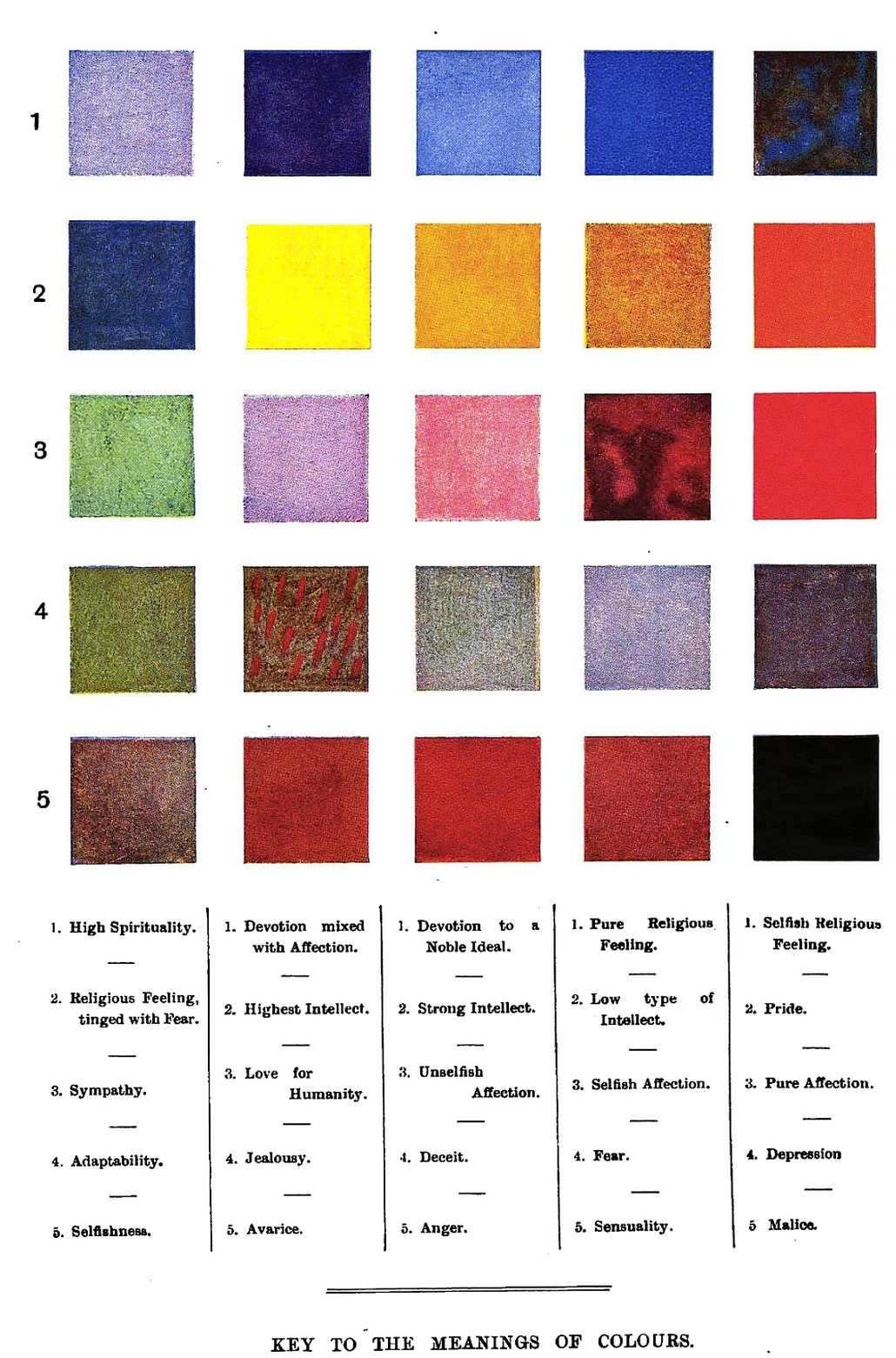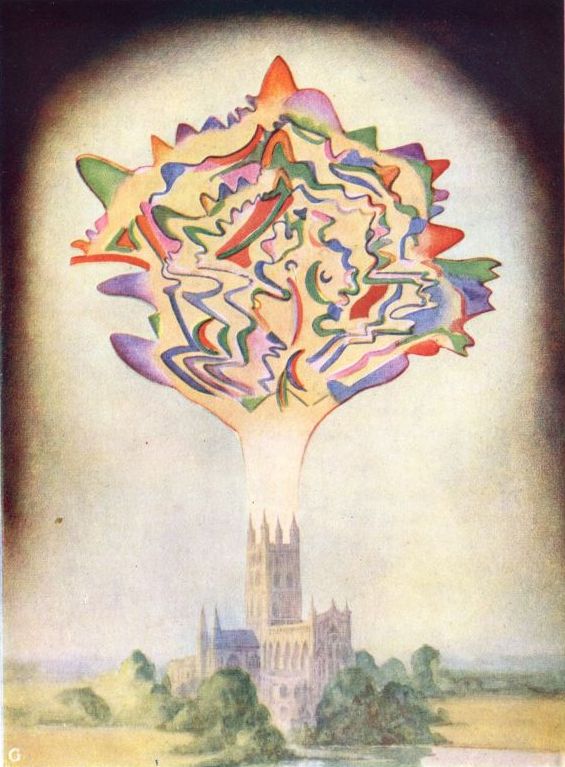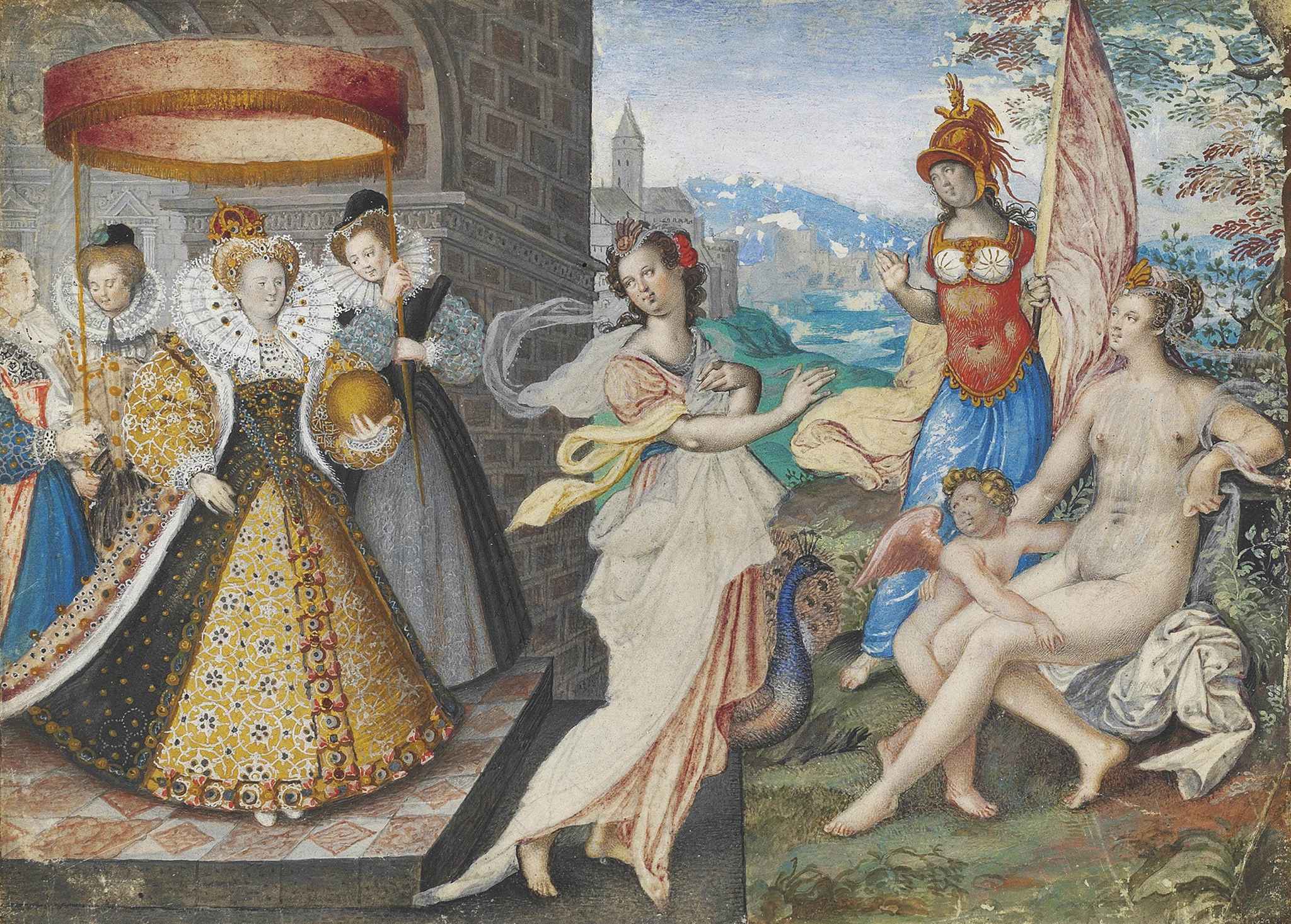|
Servitor (chaos Magic)
Within chaos magic, a servitor is a psychological complex, deliberately created by the magician for a specific purpose to operate autonomously from the magician's consciousness. Concept A servitor is an entity "specifically created by the magician to perform a set range of tasks". Phil Hine writes that servitors are created "by deliberately budding off portions of our psyche and identifying them by means of a name, trait, symbol", after which "we can come to work with them (and understand how they affect us) at a conscious level." Servitors can be created to perform a wide range of tasks, from the specific to the general, and may be considered as expert systems which are able to modify themselves to take into account new factors that are likely to arise whilst they are performing their tasks. They can be programmed to work within specific circumstances, or to be operating continually. Servitors form part of a thoughtform continuum: from sigils, to servitors, to egregores, to ... [...More Info...] [...Related Items...] OR: [Wikipedia] [Google] [Baidu] |
Chaos Magic
Chaos magic, also spelled chaos magick, is a modern tradition of magic. Emerging in England in the 1970s as part of the wider neo-pagan and esoteric subculture, it drew heavily from the occult beliefs of artist Austin Osman Spare, expressed several decades earlier. It has been characterised as an invented religion, with some commentators drawing similarities between the movement and Discordianism. Magical organizations within this tradition include the Illuminates of Thanateros and Thee Temple ov Psychick Youth. The founding figures of chaos magic believed that other occult traditions had become too religious in character. They attempted to strip away the symbolic, ritualistic, theological or otherwise ornamental aspects of these occult traditions, to leave behind a set of basic techniques that they believed to be the basis of magic. Chaos magic teaches that the essence of magic is that perceptions are conditioned by beliefs, and that the world as we perceive it can be c ... [...More Info...] [...Related Items...] OR: [Wikipedia] [Google] [Baidu] |
Complex (psychology)
A complex is a structure in the unconscious that is objectified as an underlying theme—like a power or a status—by grouping clusters of emotions, memories, perceptions and wishes in response to a threat to the stability of the self. In psychoanalysis, it is antithetical to drives. Overview An example of a complex would be as follows: if a person had a leg amputated as a child, this would influence the person's life in profound ways, even upon overcoming the physical handicap. The person may have many thoughts, emotions, memories, feelings of inferiority, triumphs, bitterness, and determinations centering on that one aspect of life. If these thoughts were troubling and pervasive, Jung might say the person had a "complex" about the leg. The reality of complexes is widely agreed upon in the area of depth psychology, a branch of psychology asserting that the vast majority of the personality is determined and influenced by unconscious processes. Complexes are common fe ... [...More Info...] [...Related Items...] OR: [Wikipedia] [Google] [Baidu] |
Phil Hine
Philip M. Hine is a British occultist and writer. He became known internationally through his written works ''Condensed Chaos'', ''Prime Chaos'', and ''Pseudonomicon'', as well as several essays on the topics of chaos magic and Cthulhu Mythos magic. He has facilitated workshops and seminars on modern magical practice in America and Europe and contributed to a wide range of occult journals, having been most active from 1986 to 1996. Early life Growing up in Blackpool, Hine became involved with chaos magic theory in West Yorkshire in the 1980s. This was after he "picked up the fabled white edition of ''Liber Null'' by Peter J. Carroll" at Sorcerer's Apprentice bookshop. During the early years of his studies of psychology and sociology he was influenced by the works of the Swiss psychiatrist C. G. Jung. Career Hine was a founder and co-editor of occult magazine ''Pagan News'' in partnership with Rodney Orpheus. Hine subsequently published a series of booklets on urban shamanism ... [...More Info...] [...Related Items...] OR: [Wikipedia] [Google] [Baidu] |
Thoughtform
''Thought-Forms: A Record of Clairvoyant Investigation'' is a theosophical book compiled by Theosophical Society members A. Besant and C. W. Leadbeater. It was originally published in 1905 in London. From the standpoint of Theosophy, it tells opinions regarding the visualization of thoughts, experiences, emotions and music. Drawings of the "thought-forms" were performed by John Varley Jr. (grandson of the painter John Varley), Prince, and McFarlane. From history of compilation This book has become the result of the joint work of the authors, which began in 1895, when they had started an investigation of "the subtle matter of the universe." They were interested in the work of the human mind as this work "extrudes into the external world" the thought-forms. In September 1896, Besant reported in ''Lucifer'' that "two clairvoyant Theosophists" (whose names were not disclosed in the journal, although some members of the Society knew about them) had started "observing the substa ... [...More Info...] [...Related Items...] OR: [Wikipedia] [Google] [Baidu] |
Sigil (magic)
A sigil () is a type of symbol used in Magic (supernatural), magic. The term usually refers to a pictorial signature of a Spirit (supernatural entity), spirit (such as an angel, demon, or deity). In modern usage, especially in the context of chaos magic, a sigil refers to a symbolic representation of the practitioner's desired outcome. History The term ''sigil'' derives from the Latin (pl. ), meaning "Seal (emblem), seal". In Medieval European magic, medieval magic, the term ''sigil'' was commonly used to refer to occult signs which represented various angels and demons which the practitioner might summon. ''The Lesser Key of Solomon'' Magical training books called grimoires often listed pages of such sigils. A particularly well-known list is in ''The Lesser Key of Solomon'', in which the sigils of the 72 princes of the hierarchy of hell are given for the magician's use. Such sigils are considered by some to be the equivalent of the true name of the spirit and thus grant ... [...More Info...] [...Related Items...] OR: [Wikipedia] [Google] [Baidu] |
Egregore
An egregore (also spelled egregor; , ) is a concept in Western esotericism of a non-physical entity or thoughtform that arises from the collective thoughts and emotions of a distinct group of individuals. Overview In magical and other occult traditions, it is typically seen as having an independent existence, but in other kinds of esotericism, it is merely the collective mind of a religious community, either esoteric or exoteric. In the latter sense, as a collective mind, the term collective entity, preferred by René Guénon, is synonymous with egregore. See the usage overview below. In the apocryphal ''Book of Enoch'', the term referred to angelic beings known as watchers, and was also used by associated (Enochian) traditions to refer to the specific rituals and practices associated with these entities. Some other literary and religious works, such as ''The Manuscript Found in Saragossa'', have also made references to these angelic beings. Variant descriptions As indepen ... [...More Info...] [...Related Items...] OR: [Wikipedia] [Google] [Baidu] |
Godform
A divine embodiment or godform refers to the visualized appearance of the deity assumed in theurgical, tantric, and other mystical practices. This process of ritual embodiment is aimed at transforming the practitioner, aligning them with divine powers for spiritual ascent or transformation. The concept is found across diverse traditions, including Western esotericism, Eastern spirituality, and mysticism, where it serves as a method for achieving personal enlightenment, union with the divine, or other spiritual goals. In Western esotericism, divine embodiment is most commonly associated with theurgy, particularly in the works of Neoplatonists like Iamblichus, where the practitioner assumes a divine form through ritual or meditation to transcend the material world and reach higher spiritual realms. This concept was influenced by ancient Greek practices of invoking gods and embodying divine forces, seen in both the public cults and private rituals. The idea was later adapted ... [...More Info...] [...Related Items...] OR: [Wikipedia] [Google] [Baidu] |
Banishing
In ceremonial magic, banishing refers to one or more rituals intended to remove non-physical influences ranging from spirits to negative influences. Although banishing rituals are often used as components of more complex ceremonies, they can also be performed by themselves. Banishing can be viewed as one of several techniques of magic, closely related to ritual purification and a typical prerequisite for consecration and invocation. In the Hermetic Order of the Golden Dawn, the Lesser Banishing Ritual of the Pentagram (LBRP) must be learned by the Neophyte before moving on to the next grade ( Zelator). For actual workings, Aleister Crowley recommends a short, general banishing, with a comment that "in more elaborate ceremonies it is usual to banish everything by name." Crowley also recommended that a banishing ritual be done at least once daily by Thelemites in ''Liber Aleph vel CXI''. Wicca In Wicca and various forms of neopaganism, banishing is performed before casting a ... [...More Info...] [...Related Items...] OR: [Wikipedia] [Google] [Baidu] |
Austin Osman Spare
Austin Osman Spare (30 December 1886 – 15 May 1956) was an English artist and occultism, occultist who worked as both a draughtsman and a painter. Influenced by Symbolism (arts), symbolism and Art Nouveau, his art was known for its clear use of line, and its depiction of monstrous and sexual imagery. In an occult capacity, he developed magical techniques including automatic writing, Surrealist automatism#Automatic drawing and painting, automatic drawing and sigilization based on his theories of the relationship between the conscious and unconscious self. Born into a working-class family in Holborn Viaduct, Snow Hill in London, Spare grew up in Smithfield, London, Smithfield and then Kennington, taking an early interest in art. Gaining a scholarship to study at the Royal College of Art in South Kensington, he trained as a draughtsman, while also taking a personal interest in theosophy and Western esotericism#18th, 19th and early 20th centuries, Western esotericism, becoming brie ... [...More Info...] [...Related Items...] OR: [Wikipedia] [Google] [Baidu] |
Chaos Magic
Chaos magic, also spelled chaos magick, is a modern tradition of magic. Emerging in England in the 1970s as part of the wider neo-pagan and esoteric subculture, it drew heavily from the occult beliefs of artist Austin Osman Spare, expressed several decades earlier. It has been characterised as an invented religion, with some commentators drawing similarities between the movement and Discordianism. Magical organizations within this tradition include the Illuminates of Thanateros and Thee Temple ov Psychick Youth. The founding figures of chaos magic believed that other occult traditions had become too religious in character. They attempted to strip away the symbolic, ritualistic, theological or otherwise ornamental aspects of these occult traditions, to leave behind a set of basic techniques that they believed to be the basis of magic. Chaos magic teaches that the essence of magic is that perceptions are conditioned by beliefs, and that the world as we perceive it can be c ... [...More Info...] [...Related Items...] OR: [Wikipedia] [Google] [Baidu] |
Peter J
Peter may refer to: People * List of people named Peter, a list of people and fictional characters with the given name * Peter (given name) ** Saint Peter (died 60s), apostle of Jesus, leader of the early Christian Church * Peter (surname), a surname (including a list of people with the name) Culture * Peter (actor) (born 1952), stage name Shinnosuke Ikehata, a Japanese dancer and actor * ''Peter'' (1934 film), a film directed by Henry Koster * ''Peter'' (2021 film), a Marathi language film * "Peter" (''Fringe'' episode), an episode of the television series ''Fringe'' * ''Peter'' (novel), a 1908 book by Francis Hopkinson Smith * "Peter" (short story), an 1892 short story by Willa Cather * ''Peter'' (album), a 1972 album by Peter Yarrow * ''Peter'', a 1993 EP by Canadian band Eric's Trip * "Peter", 2024 song by Taylor Swift from '' The Tortured Poets Department: The Anthology'' Animals * Peter (Lord's cat), cat at Lord's Cricket Ground in London * Peter (chief mouse ... [...More Info...] [...Related Items...] OR: [Wikipedia] [Google] [Baidu] |
Tulpa
A tulpa is a materialized being or Thought-Forms, thought-form, typically in human shape, that is created through spiritual practice and intense concentration.Rojcewicz, P.M., 1987. The "men in black" experience and tradition: analogues with the traditional devil hypothesis. Journal of American Folklore, pp.148-160 The term is borrowed from Tibetan Buddhism. Modern practitioners, who call themselves "tulpamancers", use the term to refer to a type of willed imaginary friend whom practitioners consider sentient and relatively independent. Modern practitioners predominantly consider tulpas a psychological rather than a paranormal phenomenon. The idea became an important belief in Theosophy. Origins The concept of tulpas has origins in the Buddhist nirmāṇakāya, translated in Tibetan as (): The earthly bodies that a buddhahood, buddha manifests in order to teach those who have not attained nirvana. The western understanding of tulpas was developed by 20th-century European mystical ... [...More Info...] [...Related Items...] OR: [Wikipedia] [Google] [Baidu] |




